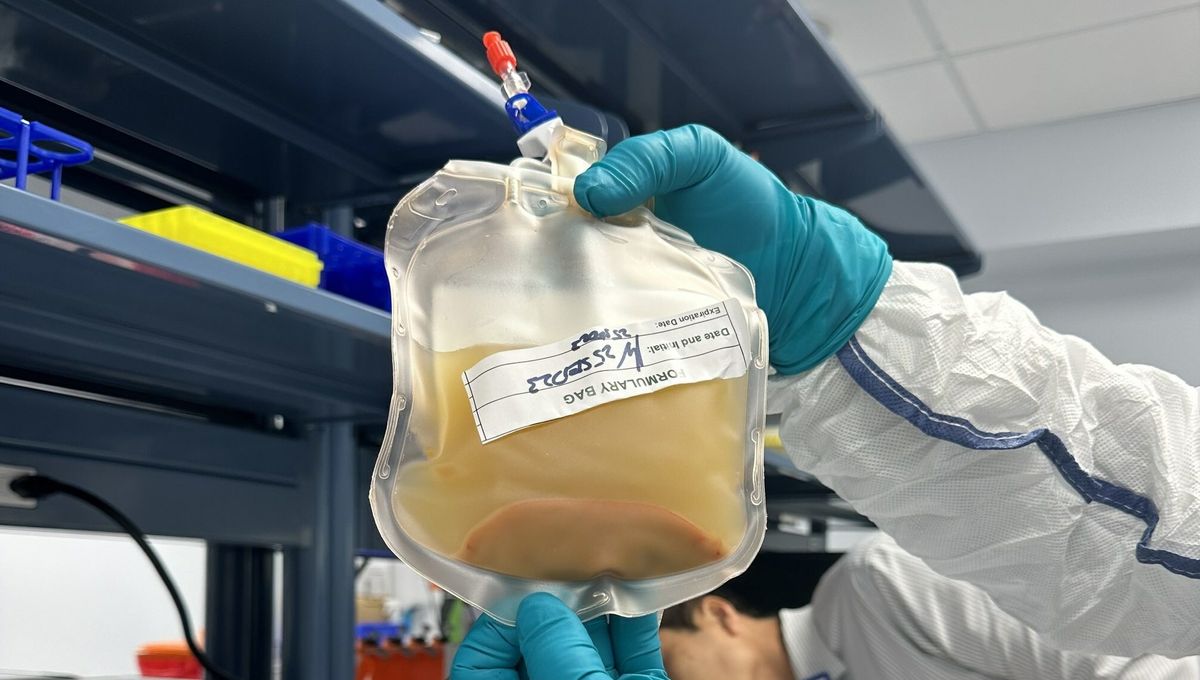
After more than a decade of development, the first human trial for a treatment that attempts to tackle end-stage liver disease (ESLD) by turning lymph nodes into livers has begun.
“In a medical first, we have now dosed our first patient in a clinical trial using their own lymph nodes as living bioreactors to regenerate an ectopic organ,” said Dr Michael Hufford, co-founder and CEO of LyGenesis – the company behind the treatment – in a statement.
The treatment works by taking the main functioning cells from a donated liver – known as hepatocytes – and injecting them into the lymph nodes, the little bean-shaped organs that help the immune system by filtering foreign particles (like viruses that cause infections).
Once in the lymph nodes, the liver cells should grow and divide, hooking up with the circulatory system too by developing blood vessels. “Over time, that lymph node will disappear and what you’re left with is a miniature organ,” Hufford told New Scientist.
It’s a procedure that’s already seen success in some animals. Researchers tested it out on pigs by surgically altering their livers to mimic human liver disease and injecting hepatocytes from healthy liver samples into the lymph nodes. All six pigs operated on developed mini livers and consequently, showed signs of recovery from liver failure.
The human trial will see the safety, tolerability, and efficacy of this regenerative cell therapy tested in up to 12 people with ESLD, a condition in which the liver is damaged beyond repair.
In this circumstance, a transplant is often required – but there are a number of factors that can get in the way. Some patients are simply too ill to be in a position for surgery, for example.
However, one of the major problems is the length of the transplant waiting list. At present, nearly 10,000 people in the US are waiting for a donor liver, but they could be waiting for one for up to five years. Around 12 percent of those people will die each year whilst on the list.
It’s hoped that this new treatment will help to tackle the problem. “If our study is successful and we obtain FDA approval, our allogeneic cell therapy could enable one donated liver to treat many dozens of ESLD patients, which could help to tilt the current organ supply-demand imbalance in favor of patients,” said Hufford.
It’ll be a while before the first results from the trial emerge, but researchers will be keeping a close eye on the patients involved over the course of a year, checking for the optimal dose and safety of the treatment, and whether or not it’s effective in treating the signs and symptoms of ESLD.
Source Link: World-First Human Trial Could See Lymph Nodes Turned Into Livers